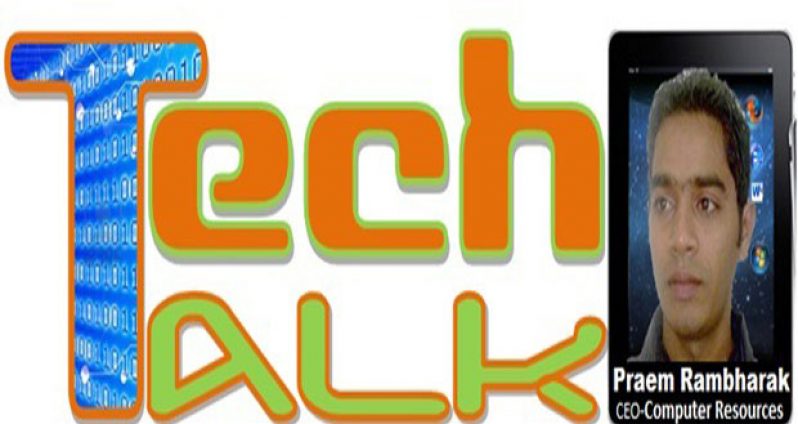Apple’s electric driving car is moving full speed ahead.The Cupertino tech giant is reportedly “accelerating” its electric car efforts after spending more than a year investigating whether it could actually make the project, known internally as ‘Titan’, a reality.
Apple has given its project leaders the go-ahead to triple Cupertino’s 600-person electric vehicle team. That team includes self-driving car experts, but Apple doesn’t plan to make its first electric vehicle fully autonomous.
So does this mean we should expect to see Apple Cars on the roads before the end of the decade? Once Apple completes its designs and prototypes, a vehicle would still need to undergo a litany of tests before it could clear regulatory hurdles.
The rumors of Apple’s electric car heated up a few months ago when word spread that Apple hired Doug Betts, former head of global quality at Fiat Chrysler Automobiles. So, can we look forward for the “i-car” soon?
MUST-HAVE NEW TECH RELEASES
This year’s Mobile World Congress (MWC) in Barcelona, device makers were battling to show off what they hope will be the tech winners of 2015. We are yet to know the outcome.
The showcase has already been used by Samsung to unveil its latest smartphones – the Galaxy S6 and S6 Edge – in the hope of fighting back against U.S. rival Apple. And it’s not just phones at this year’s event – companies were showing off lots of gadgets and devices including smartwatches, bicycles, even pet wearables and furniture…the few below, are the ones that captivate the crowd.
PEEL SMART REMOTE-U.S. start-up Peel has created an app that lets you control your whole home via your smartphone. Rather than using one app to turn off the light, one to control the heating and one to check the water sprinklers, this product lets users control all the different home appliances that are connected.The firm – which was founded in 2009 and last year received $50 million of funding from Chinese e-commerce giant Alibaba – hopes its app can become the remote control for the home.
HUAWEI WATCH-Chinese electronics giant Huawei has unveiled a stainless steel smart-watch, jumping into the hot market for wearable technology just weeks before Apple is expected to bring its own version to consumers. The Huawei Watch, the Chinese company’s first entry into the “wearables” market, runs on Google’s Android wear and has a 1.4 inch round touchscreen face. The device has a scratch-proof sapphire crystal lens, a heart rate monitor, and can detect the type of activity in which a user is engaged, such as running or cycling.
FORD E-BIKE – Some of the world’s auto giants couldn’t resist getting on the technology bandwagon this year, and U.S. carmaker Ford was no exception.It moved from four wheels to two with its connected bicycle – or “e-bike” – which has a 200-watt motor and a battery that helps propel cyclists along to speeds of up to 25 kilometers per hour. This kicks in when a users’ heartrate goes above a certain level – that way you won’t arrive at your destination in a sweaty mess.
SAMSUNG GALAXY S6 – Samsung unveiled two flagship phones last Sunday, the Galaxy S6 and Galaxy S6 Edge, as it looked to reverse its fortunes after a tough year. The South Korean electronics giant lost its dominant position in both India and China, and lost major ground elsewhere to Apple. In response, Samsung showed off its metal-framed Galaxy S6 which I think was a much-improved device from the heavily-criticised Galaxy S5.
IKEA WIRELESS CHARGING FURNITURE– Ikea has released a range of furniture that wirelessly charges your smartphones and tablets.The technology will be built into bedside tables, lamps and desks made by the Swedish company.
Microsoft Office 2016 officially launched
Microsoft began the worldwide roll-out of Office 2016, the latest addition to its cloud-based subscription service Office 365, lastTuesday.
Office 2016 brings new versions of desktop apps for Windows including Word, PowerPoint, Excel, Outlook and Access and allows people to collaborate and work together.
These latest innovations take another big step forward in transforming Office from a familiar set of individual productivity apps to a connected set of apps and services designed for modern working, collaboration and teamwork.
Microsoft launched its much-awaited Windows 10 operating system in July, designed to work across laptops, desktop and smartphones, as part of steps taken of winning back lost ground in the tablets and mobile arena.
The new Office 2016 apps are available in 40 languages and require Windows 7 or later versions.



.jpg)









